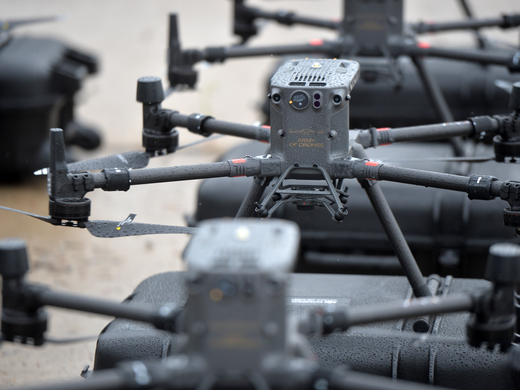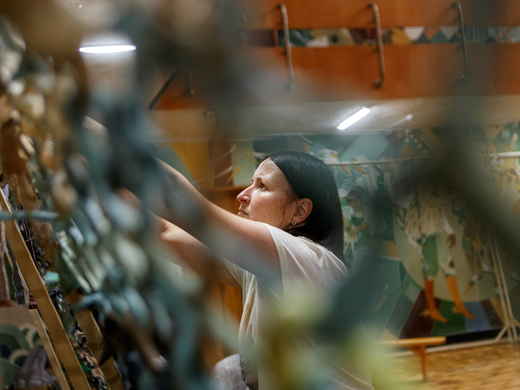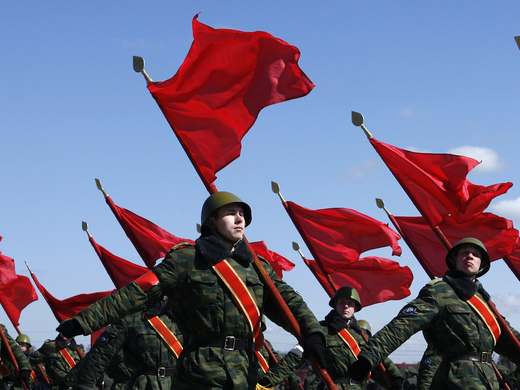A father lost his child in Palestine, a woman lost her husband in Iraq, a Syrian family is scattered across refugee camps, and a young Ukrainian activist was silenced. This is the world we live in today. A world where problems are resolved with protests, where misunderstandings breed hostilities and disagreements are reconciled with bombs, drones and warfare. We live in a world where peace and equality are powerfully conveyed in our words, yet betrayed by our hostile actions. Peace might seem discouraging, impossible and unattainable, particularly for young idealists. However, according to Hon. Douglas Roche peace is what characterizes our current world and international system. In his book, Peacemakers: How people around the world are building a world free of war, he argues that we have achieved the highest level of peace in the history of statehood. As an idealist, I find his arguments to be hopeful and inspiring and in this post I will attempt to convince skeptics of the truth in what he says.
First, it is important to define what he means by peace. His notion of peace is not a state of utopia. Peace, according to what former UN Secretary General Dag Hammarskjold, is “not just the passive state of affairs in a world without war. It is a state of living devoted to action in order to build a world of prosperity and equity where occasions for conflicts either disappear or are quickly challenged if they arise.” Thus, peace is action. It is standing up to injustices, inequality and atrocity. It is very easy to see examples of this type of peace in our everyday lives. It takes the form of very simple yet profoundly influential gestures, such as big ‘Say No to Racism’ billboards displayed during FiFA World Cup games, and the tremendous number of mass action Internet campaigns, including Avaaz, Amnesty International, and Change.org.
For action that is targeted towards creating peace to occur and to be fruitful, I argue that there are two necessary requirements. The first requirement is to have a world of educated and aware individuals and the second is for these individuals to feel empowered to take action on their own. Evidence of the first requirement is hard to contest; social media and the Internet have made it extremely difficult not to be aware of international issues. One simply needs to log in to Facebook or Twitter to be bombarded with news articles, blog articles, YouTube videos and more. The second requirement is slightly harder to prove, yet Hon. Roche very eloquently illustrates it in his book and discussions. He argues that international organizations, such as the UN, exist to take action for peace and to stand up to anything that challenges peace. It is through these organizations that individuals can make a difference and participate in making the world a more peaceful place.
One can very easily question the extent to which we live in a peaceful world, particularly when seemingly everyday we are flooded with information of terrible occurrences around the world: increasing terrorist attacks in the Middle East, perpetuation of ethnic violence in some parts of Africa, prevalence of economic struggle in South East Asian countries, to name a few. However, Hon. Roche’s perspective is a reminder that there remains to be a lot of good in this world. Despite all the violence and injustice there is also compassion and a strong commitment to taking action.


